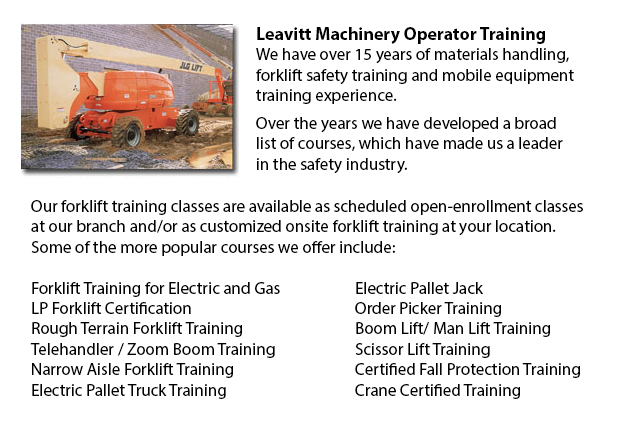
Aerial Boom Lift Ticket Vernon - Aerial lifts can accommodate numerous odd jobs involving high and hard reaching spaces. Often utilized to carry out daily preservation in structures with tall ceilings, prune tree branches, elevate heavy shelving units or repair phone cables. A ladder might also be utilized for many of the aforementioned jobs, although aerial platform lifts provide more safety and strength when correctly used.
There are a number of different models of aerial lift trucks available, each being capable of performing moderately unique tasks. Painters will sometimes use a scissor lift platform, which can be utilized to reach the 2nd story of buildings. The scissor aerial lifts use criss-cross braces to stretch out and extend upwards. There is a platform attached to the top of the braces that rises simultaneously as the criss-cross braces raise.
Cherry pickers and bucket lift trucks are a different kind of the aerial hoist. Commonly, they contain a bucket at the end of a long arm and as the arm unfolds, the attached bucket lift rises. Forklifts use a pronged arm that rises upwards as the handle is moved. Boom hoists have a hydraulic arm which extends outward and raises the platform. Every one of these aerial lift trucks require special training to operate.
Through the Occupational Safety & Health Association, also labeled OSHA, training courses are on hand to help make certain the workers meet occupational values for safety, machine operation, inspection and repair and machine weight capacities. Employees receive certification upon completion of the classes and only OSHA licensed personnel should run aerial hoists. The Occupational Safety & Health Organization has developed guidelines to maintain safety and prevent injury when utilizing aerial lifts. Common sense rules such as not utilizing this machine to give rides and ensuring all tires on aerial lift trucks are braced in order to hinder machine tipping are observed within the rules.
Regrettably, data illustrate that in excess of 20 operators pass away each year while operating aerial lifts and 8% of those are commercial painters. Most of these incidents are due to inadequate tire bracing and the hoist falling over; therefore a lot of of these deaths had been preventable. Operators should ensure that all wheels are locked and braces as a critical security precaution to prevent the machine from toppling over.
Marking the encompassing area with obvious markers have to be utilized to safeguard would-be passers-by so that they do not come near the lift. In addition, markings should be set at about 10 feet of clearance between any utility lines and the aerial hoist. Lift operators must at all times be well harnessed to the hoist while up in the air.
-
Heavy Equipment Training Vernon
Heavy Equipment Training Vernon - The two most common kinds of heavy equipment training are categorized into the categories of equipment; equipment which is fashioned with tracks and those with rubber tires. The tracked vehicle are heavy duty machine... More -
Aerial Lift, Boom Lift, Man Lift, Scissor Lift Training in Vernon
Lift tables or scissor platform lifts could lift up both people and materials vertically. They are most often utilized in industrial, construction and commercial environments. Usually, the use of a scissor lift is to lift and lower materials from one... More -
Crane Operator Classes Vernon
Crane Operator Classes Vernon - Crane operator training is for operators and supervisors of overhead lifting equipment. The course is suitable for both current and new operators. Course content addresses relevant provincial, state and federal safety... More -
Zoom Boom Training Vernon
Zoom Boom Training Vernon - Zoom Boom Training focuses on correctly training potential operators on variable reach forklifts. The training objectives consist of gaining the knowledge of the machine's physics and to be able to define the tasks of the... More -
Skid Steer Ticket Vernon
Skid Steer Ticket Vernon - The lift arms on the skid-steer loader are situated alongside the driver together with pivots at the back of the driver's shoulders. These features makes the skid-steer loader different than the traditional front loader. Be... More -
Manlift Ticket Vernon
Manlift Ticket Vernon - The Elevated Platforms and Manlifts Certification course helps to provide the needed training on the safe operating procedures, work practice, rules and regulations regarding the daily activities for the operators of this mach... More -
Scissor Lift Ticket Vernon
Scissor Lift Ticket Vernon - The scissor forklift has been a great advantage to many businesses in view of the fact that the effort and manpower to run one of these machines is very minimum. Furthermore, numerous workplace injuries have been prevente... More -
Aerial Lift Safety Training Vernon
Aerial Lift Safety Training Vernon - There are roughly 26 to 30 construction fatalities in North America due to the utilization of aerial lifts. Nearly all of the individuals killed are craftsmen like for example painters, electrical workers, laborer... More

Forklift Training Vernon
TOLL FREE: 1-888-254-6157
Vernon, British Columbia
forklifttrainingvernon.com
Email Us
About Us


